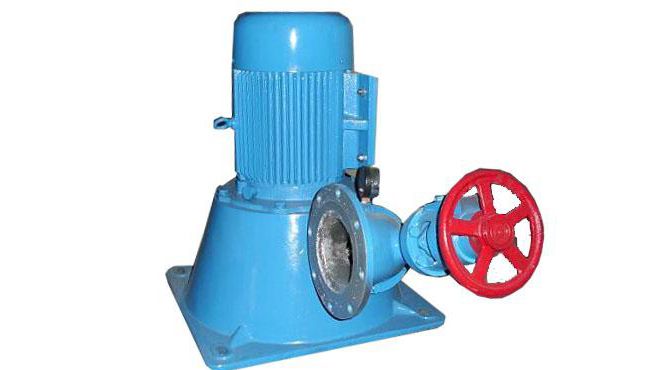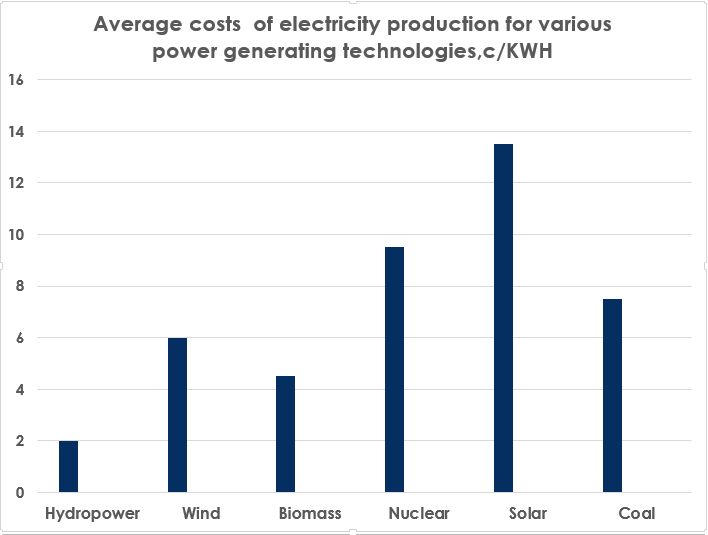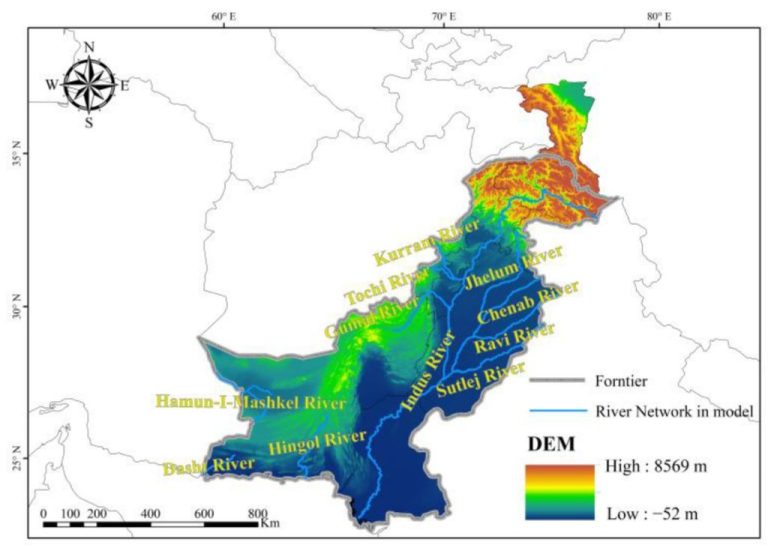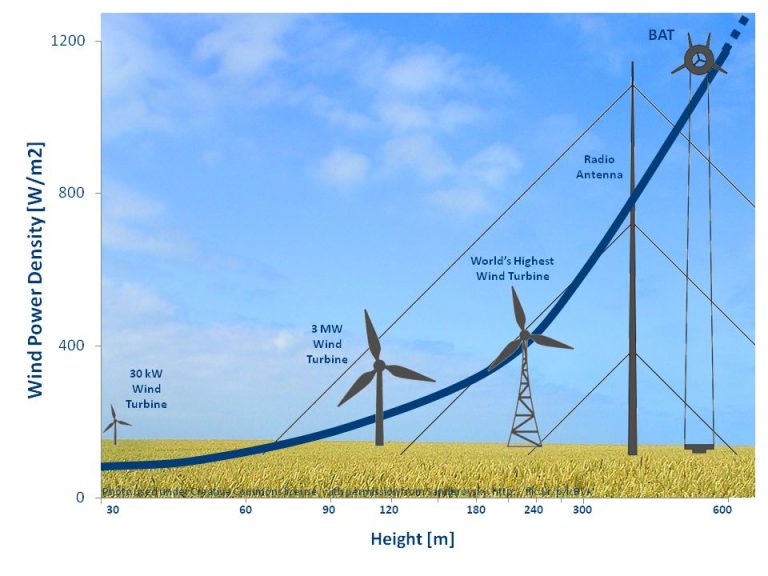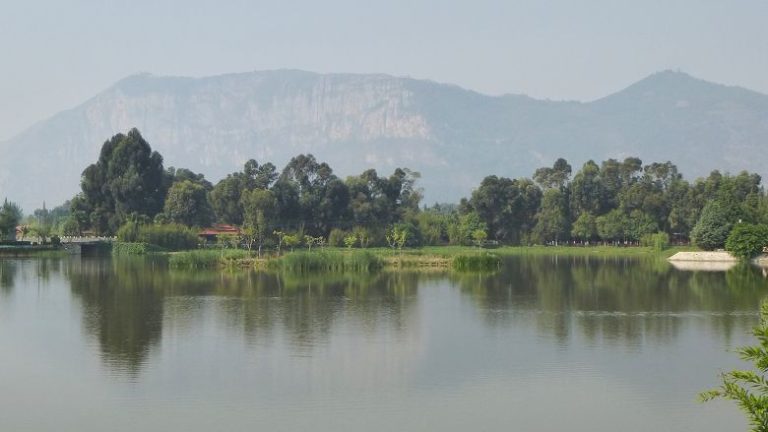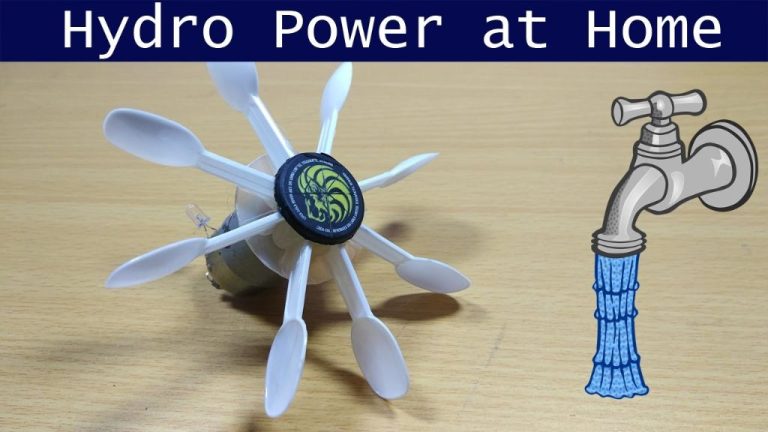How Does Hydropower Make Clean Water?
Hydropower is a renewable source of energy that utilizes the power of flowing or falling water to generate electricity. It is one of the oldest and most widely used forms of renewable energy. Hydropower works by using the kinetic energy from moving water to turn turbines, which then spin generators to produce electricity.
The most common type of hydropower plant uses a dam on a river to store water in a reservoir. The water in the reservoir flows through a turbine, spinning it, which in turn activates a generator to produce electricity. The water is then returned to the river below the dam.
Hydropower is considered a renewable energy source because it relies on the water cycle. The water cycle, known as the hydrologic cycle, involves the continuous movement of water above, on, and below the surface of the Earth. As water evaporates, condenses, and falls as precipitation, it provides an endless supply of moving water that can be harnessed to generate electricity through hydropower.
Hydropower Dams
There are two main types of hydropower dams – reservoir dams and run-of-river dams.1
Reservoir dams create an impoundment or reservoir to store water behind the dam. This allows control over the water flow, as the stored water can be released through the dam’s turbines to generate electricity as needed.2
Run-of-river dams divert a portion of a river through turbines to generate electricity but do not impound water. The water flows directly back into the river after passing through the turbines. Run-of-river dams require consistent water flow and cannot store water for electricity generation.2
Generating Electricity
Hydropower plants harness the energy from flowing water to generate electricity. The movement of water as it falls or flows downstream turns a turbine, which spins a generator to produce electricity. The amount of electricity generated depends on the volume of water flow and the height from which it falls – called the “hydraulic head.” The greater the flow and height, the more electricity a hydropower plant can generate.https://www.uniper.energy/sweden/about-uniper-sweden/advantages-hydropower/facts-about-hydropower
Most hydropower facilities use dams on rivers to create large reservoirs. Water flowing down from the reservoir through gates turns the turbines. In “run-of-river” hydropower, the natural flow of a river spins the turbines without the need for dams or reservoirs. Either way, the basic process is the same – kinetic energy from falling or flowing water is converted into electricity.https://www.uniper.energy/sweden/about-uniper-sweden/advantages-hydropower/facts-about-hydropower
Environmental Impacts
Hydropower dams can significantly impact the local environment. The damming of rivers to create reservoirs floods vegetation and habitats (Energysage, 2019). This can displace wildlife populations and threaten biodiversity (Botelho et al., 2017). Flooding land for the reservoir also releases methane and carbon dioxide as vegetation decomposes, contributing to greenhouse gas emissions.
The changes to water flow and quality below the dam can harm plants and animals adapted to the natural flow. Fish migration can be blocked, preventing access to spawning grounds (Energysage, 2019). Reduced river flow disrupts cues for migration and breeding. Steps like fish ladders can mitigate some of these impacts.
Overall, dams fragment watershed connectivity and alter ecosystems. Careful siting, design, and mitigation measures can reduce environmental impacts. But hydropower will always change the local environment to some degree.
Water Quality
Hydropower dams play an important role in improving water quality downstream. As water flows through a dam’s reservoir, sediments and other particulates settle out, leading to clearer water released from the dam. Dams also help regulate water temperature and nutrient levels downstream, providing a more consistent flow. According to the Washington Department of Ecology’s report, “Water Quality Certification for Existing Hydropower Dams” (https://apps.ecology.wa.gov/publications/UIPages/documents/0410022.pdf), water released from dams is often cleaner than the upstream river water flowing into the reservoir. Hydropower facilities are required to meet state water quality standards for parameters like temperature, dissolved oxygen, and turbidity.
Advanced sensor systems are now allowing for real-time and autonomous monitoring of water quality near hydropower dams. As described in a Department of Energy report (https://www.energy.gov/eere/water/articles/real-time-and-autonomous-hydropower-water-quality-monitoring-system), these technologies can track water quality impacts in a comprehensive manner, ensuring hydropower facilities maintain high downstream water quality.
Removing Contaminants
One way hydropower dams can make water cleaner is through removing contaminants from the water as it passes through the reservoir. When water in a river flows into the dam’s reservoir, it slows down dramatically, allowing suspended particles like silt and sediment to settle out. Many contaminants tend to bind to sediment particles, so the sedimentation process allows these contaminants to also drop out of the water column.
Some key contaminants that can be removed through this process include heavy metals like mercury, pesticides, and excess nutrients like phosphorus and nitrogen. According to a report from Environmental Mitigation Technology for Hydropower, the slower flow of water into a dam reservoir allows between 60-90% of sediments to settle out before the water passes through the dam’s turbines or spillway.
So in effect, the reservoir acts like a settling basin, clarifying the water before it continues downstream. This natural sedimentation process allows dams to measurably reduce many harmful contaminants that would otherwise flow freely within river systems.
Regulating Flow
Hydropower dams and reservoirs act as a buffer against extreme water flows. By storing excess water during periods of heavy rainfall, dams prevent downstream flooding. At the same time, they hold water during dry seasons and can release it when needed to maintain stable water flow throughout the year. The reservoirs essentially act as giant bathtubs, capturing and controlling water resources.
Dams have gates that control water release, allowing operators to regulate downstream flows based on seasonal rainfall and water needs. When a flood threatens, dam operators can close the gates to prevent sudden downstream surges. When drought occurs, gates can be opened to release more water downstream. In this way, dams moderate the natural extremes of a river’s hydrological cycle.
Regulating water flows with dams provides many benefits, including flood control, preventing water shortage, facilitating navigation, and ensuring adequate flow levels for activities like recreation, fishing, and hydropower generation. Overall, the controlled release of water from reservoirs is crucial for managing water resources during floods and droughts.
Access to Clean Water
One of the key benefits of hydropower dams is that they provide access to clean drinking water. As water flows through a hydropower dam, it passes through reservoirs where contaminants like sediment and pollution can settle out. The filters and reservoirs in a dam allow water to be cleaned before passing through turbines to generate electricity.
According to the US Geological Survey, “Dams built for hydropower production have other uses in addition to generating electricity.” These other uses include regulating the flow of water and providing reservoirs that can be tapped for drinking water.
The regulation of water flow and creation of reservoirs in hydropower dams allow water to be stored and released in a controlled way. This ensures a continuous supply of drinking water that can be treated and purified. Large urban centers often benefit from reservoirs created by hydropower as a source of municipal drinking water.
Overall, hydropower dams serve an integral role in filtering contaminants from water and regulating its flow to provide greater access to clean drinking water for communities downstream.
Hydropower and Sustainability
Hydropower is considered a renewable and sustainable source of energy because it relies on the water cycle. Water flows through rivers and streams, eventually reaching the ocean before evaporating and raining back down on land to repeat the cycle. This makes hydropower an indefinitely renewable resource as long as the water cycle continues (Naranjo-Silva, 2022).
Hydropower dams can provide clean electricity for decades with relatively low environmental impacts compared to fossil fuels. Most of the greenhouse gas emissions from hydropower come from the initial construction and flooding of the reservoir, after which emissions are minimal (CCsenet, 2022). Hydropower emits over 50 times less greenhouse gases per kilowatt hour compared to coal power plants (Academia.edu, 2022).
Hydropower is also very efficient at converting the kinetic energy of flowing water into electricity with up to 90% efficiency. Compare this to fossil fuel plants which only convert about 50% of the fuel’s energy into electricity (Academia.edu, 2022). This makes hydropower a sustainable way to generate renewable electricity for years to come.
Conclusion
In summary, hydropower dams provide several important benefits for clean water access. The dams themselves act as a filtration system, settling out sediments and impurities from the water as it flows through the reservoir. The regulated water flow also enables the dilution of wastewater and agricultural runoff. Hydropower facilities allow for the generation of electricity to power water treatment plants and pumping stations, bringing clean drinking water to communities. And the reservoirs store water that can be accessed in times of drought. While hydropower does have some negative environmental impacts, it plays a crucial role in regulating and cleaning water supplies, as well as providing access to electricity for water sanitation. With careful management and mitigation strategies, hydropower can be harnessed as a renewable energy source to enable clean water access worldwide.

